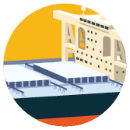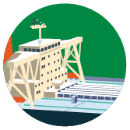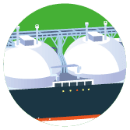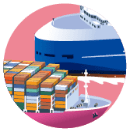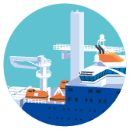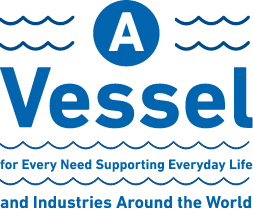Wind Power Value Chain
-
![]() Service Operation Vessel (SOV)
Service Operation Vessel (SOV)SOVs are offshore support vessels with accommodations that allow technicians to stay offshore wind farms for long periods of time. These vessels also feature dynamic positioning systems (DPS) to maintain a safe distance between the vessel and offshore wind turbines at all times. SOVs are also equipped with a motion compensated gangway that has a function to absorb any ship motion caused by waves, in order to safely transfer technicians from the vessel to Transition Piece of offshore wind turbine.
-
![]() Crew Transfer Vessel(CTV)
Crew Transfer Vessel(CTV)CTVs (with a capacity of 12-24 passengers) operate from a base port to bring engineers to offshore wind farms that are relatively close to shore. The fenders attached to the bow of the vessel are pressed against the offshore wind turbine to stabilize the hull and then engineers board the offshore wind turbine platform. Aluminum catamarans are the mainstream hull type.
The SEPs(Self-Elevating Platforms) introduced in the Energy Transport (Offshore Business) section is also one of the vessels active in the offshore wind power generation business.

